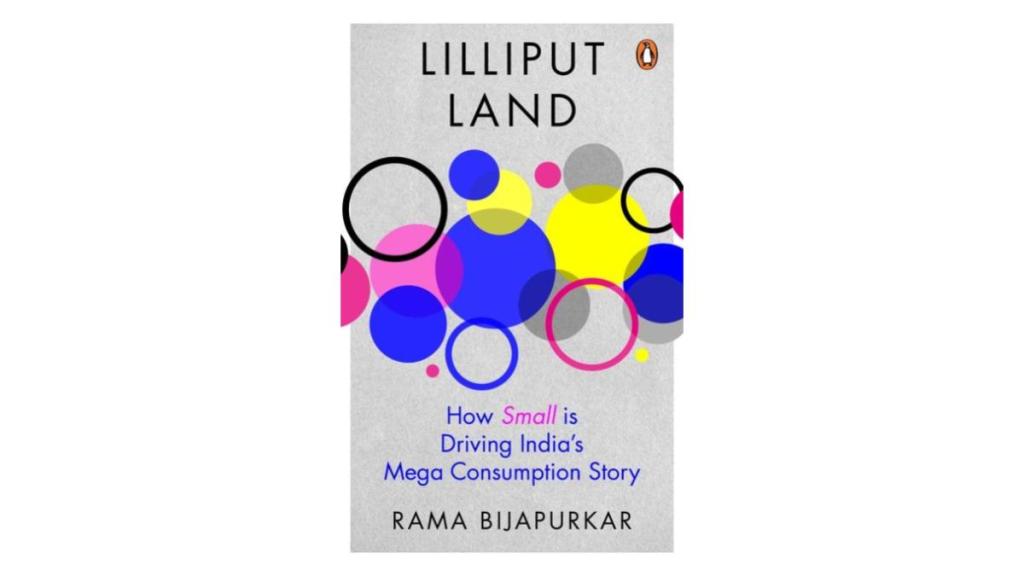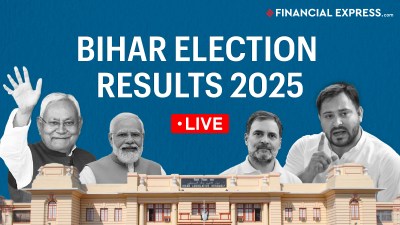Aspirational India is a tectonic shift from the pre-liberalization days when we would often hear consumers of lower-income groups tell us in focus groups, ‘This is not for me, this is for the badey log (big people).’ Now, there is a strong statement of, ‘I want to have something like that, be it products or experiences.’ A car is obviously not affordable, but a bike and a taxi for special family outings is. Now, having what celebrities have has become easy with social media. Copies of actress Alia Bhatt’s mehendi pattern and cheap knock-offs of her wedding dress are available. Influencers and beauticians of every social class tell you how to use make-up like celebrities do and style yourself at a price point that you can afford. As ad man Santosh Desai puts it, the big shift is that ‘life is not a condition to be endured but a product to be experienced’. Aspiration-led living is the opposite of the way it used to be. The attitude and mindset shift is from ‘this is what I have and how do I manage best within it’ to ‘this is what I want, so how do I manage to get it’. We see this resulting in choices which can best be described as ‘stretch for more, do not settle for less’. Borrow and buy the higher category car or two-wheeler or buy a second-hand one rather than settle for the easily affordable small car, even if it means waiting a bit, buying a pre-owned vehicle or taking a loan.
Credit or borrowing for consumption once considered a very dangerous thing, is now acceptable and ‘normal’ to Consumer India. Amazon and consumer durables stores and travel sites helpfully ask you, at the time of checking out, if you want to pay by EMI, that is, equated monthly instalments of credit. Credit is also morally purified. Its cultural label has changed from indebtedness, which can lead to ruin, to being the working capital for life and the helping hand that everybody needs to reach their goals. Financial services companies have been exploiting this attitude shift leading to the regulators and the courts coming down hard and framing laws to curb irresponsible lending that leads to imprudent borrowing, and strong-arm tactics for recovery that lead to customer stress and even suicides. An example of this is what happened to the microfinance industry in 2010 leading to a new law in 2011 that banned MFIs from approaching the doorstep of their customers, lengthened the loan collection cycles and told lenders that they had to get government approval to give a second loan to the same lender. The Reserve Bank of India, India’s banking regulator has issued a charter of customer rights for banks and non-banking financial services companies (NBFC) that includes the ‘right to suitability’, where ‘only products and services that are appropriate to the understanding and financial conditions of the customers may be offered to them.’ It is a caveat venditor (let the seller beware) as far as enforcing this right is concerned.
Consumer India now does a lot of goal-based planning—decide the goal and how to fund it. Households that manage money well prosper, while those that don’t end up with credit card debts and the embarrassment of assets being repossessed. Thus far, Indians have been prudent, even more so modest income Indians. Today, compared to the rest of the world, Indian households are much lower on household debt to GDP ratios. In 2022, this ratio was between 65 and 85 per cent for countries in the developed world including China and Japan, while India stood at between 35 and 36 per cent in 2022.
State Bank of India research states that the bulk (86 per cent) of the increase in household indebtedness between financial year (FY) 2021 and 2023 went into home loans and creating other physical assets. 55 per cent of the increase in retail credit was to fund housing, education and vehicles. The report is clear that the decrease in household savings between FY21 and FY23 has been offset by the increase in physical assets of households.
However, when there is a generational transition and those born after 2000 become the ruling age cohort of householders, Consumer India’s relationship with debt and their ability to manage their indebtedness well is an area of future concern in a ‘watch this space carefully’ sense. This cohort has seen credit go from a seller’s market to a buyer’s market, especially with the advent of fintech and its offers of instant credit. They have shed the horror of ‘what will the neighbours say if the debt collector shows up at my door’. Easy availability of credit has made them more transactional and ‘equal’ with their lender than in the past decades when getting a loan was very difficult. A vehicle lender in the rural areas described how the new generation of borrowers says, ‘Come and re-possess the vehicle, I cannot pay EMI for some time now, and I will get another loan and buy another vehicle later.’ This, of course, leaves the lender with the price risk on the repossessed vehicle! The good news is that credit bureaus now make it hard for people to take multiple loans if they have defaulted on even one of them.
Aspiration, goal-based planning, and the new credit culture (both from the supply side and the consumer side) augur very well for consumption. Informational resources also fuel aspiration. Consumer India’s problem lies not in its lack of aspiration but in its ability to earn more to be able to afford better and to have what it takes to be able to earn more. Fortunately, Consumer India’s optimism that the future will be better even if today is tough is usually very high, perhaps because it has, by and large, been so for them.
Excerpted with permission from Penguin Random House.
Author: Rama Bijapurkar
Publisher: Penguin Random House
Pp 304, Rs 699








